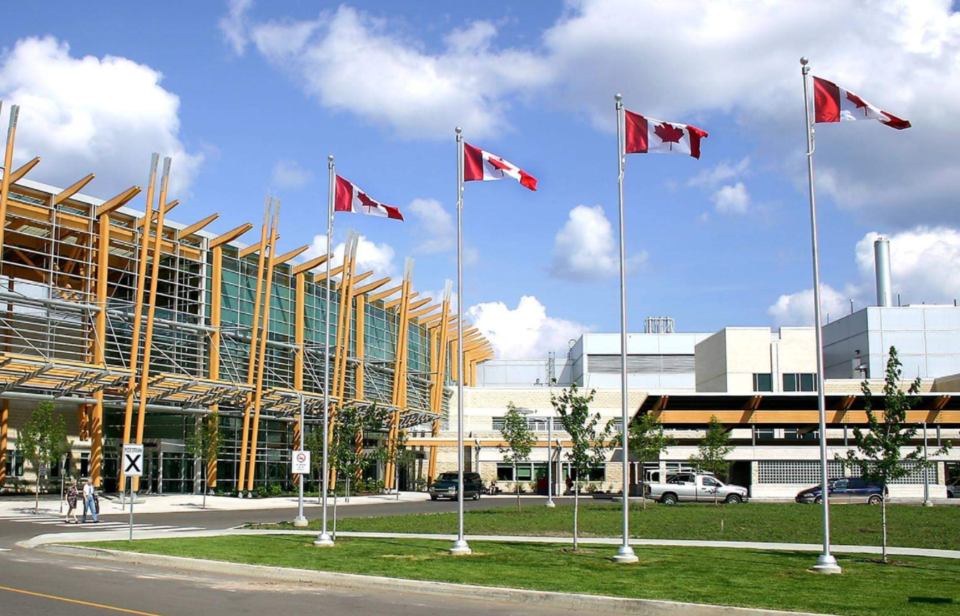THUNDER BAY – Thunder Bay Regional Health Science Centre is working to lower surgical wait times to get to the provincially set goal of 182 days from the time that the decision is made to have surgery between patients and their health care providers to the time that the surgery actually occurs.
“Pre-COVID, taking a look at what was before the pandemic, our hospital sat at around 195 days at this point in time in the year, currently, this number is slightly higher at around 211 days,” said executive vice-president and chief nursing executive Adam Vinet.
“To address this, we worked with Ontario Health North to secure one-time surgical innovation funding which really focuses on decreasing the surgical patient backlog, as we just described, but also increasing the operating room capacity, so we can have more patients having more procedures.”
Vinet does attribute much of the backlog to a decrease in healthcare due to the COVID-19 pandemic, citing less proactive healthcare, less primary healthcare, and a lack of proper screening for cancers and those types of illnesses.
Much of the progress in clearing out some backlog came from a lot of work that was put in at the beginning of this year.
“I’m really happy to say that, from pre-COVID years at 195 days for waiting from decision to treat to surgery, we’re only at now, and yes it’s an increase, but having an increase of just around 15 days to what we currently have,” Vinet said.
“I think that’s an improvement and with this new funding, I see us moving forward to reducing those surgical backlogs to pre-COVID levels and actually reaching that provincial target of 182 days.”
During the worst portions of the pandemic, the surgical wait times were at roughly 234 days and was brought down to where we’re at now through an increase in operating room days and an extension of the workdays, top chip away at wait times while preserving capacity for emergency surgeries.
It was also a very delicate balancing act to try to increase the amount of work being done without letting volunteers and staff burn themselves out too much.
“It’s not a forced opportunity, burnout is real, especially in healthcare, to avoid this, we really engaged our staff and our professional staff to see how they would like to increase operating room capacity while at the same time balancing the need to have more operating days and times,” said Vinet.
“Especially during these pandemic times, like I said, burnout is real and having an opportunity to work and engage staff is the only way we could do best for staff and best for our patients that we care for.”
There is currently no estimate for the time it will take to clear the backlog and that’s mainly due to the unknown variable of how many people are holding off from seeking non-emergency healthcare due to pandemic concerns, but Vinet says that they will keep a close eye on the ever-changing situation and have regular meetings to plan for possible solutions as they are needed.
